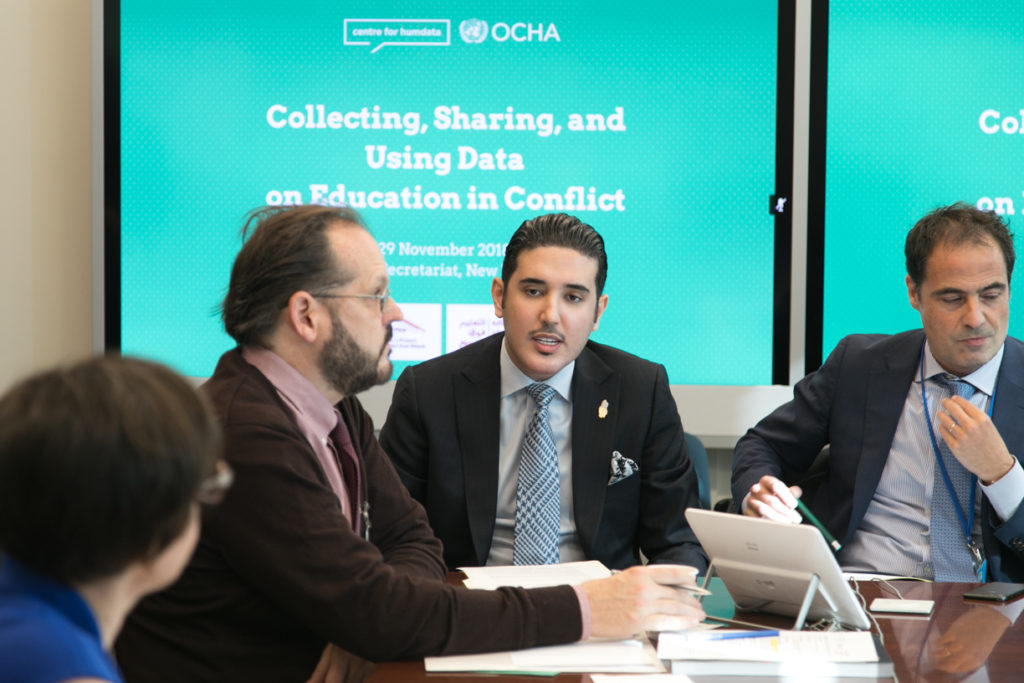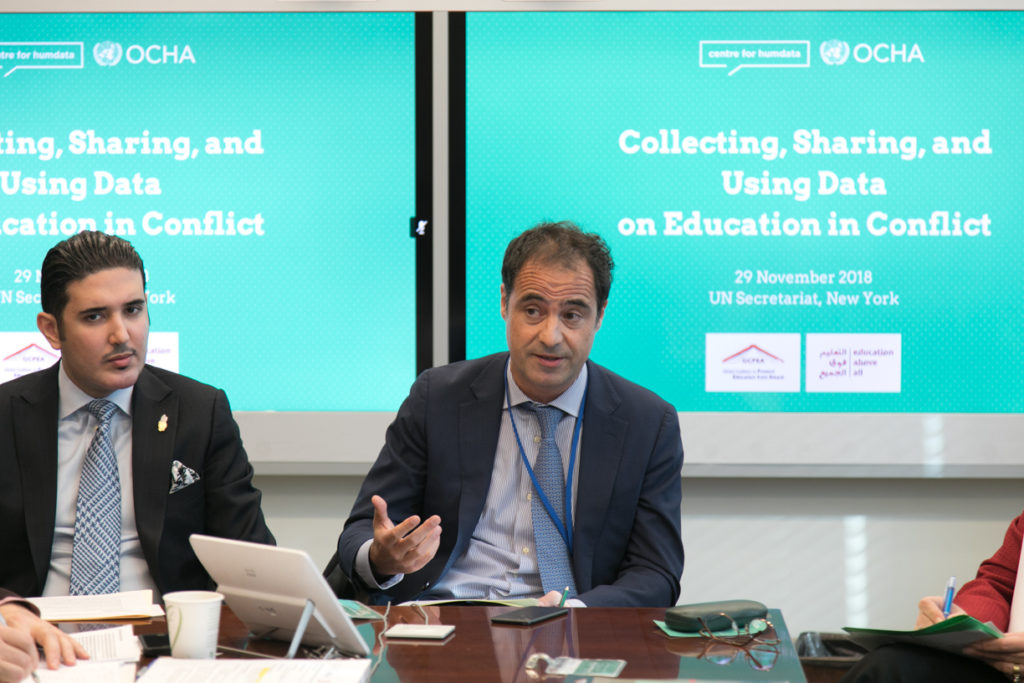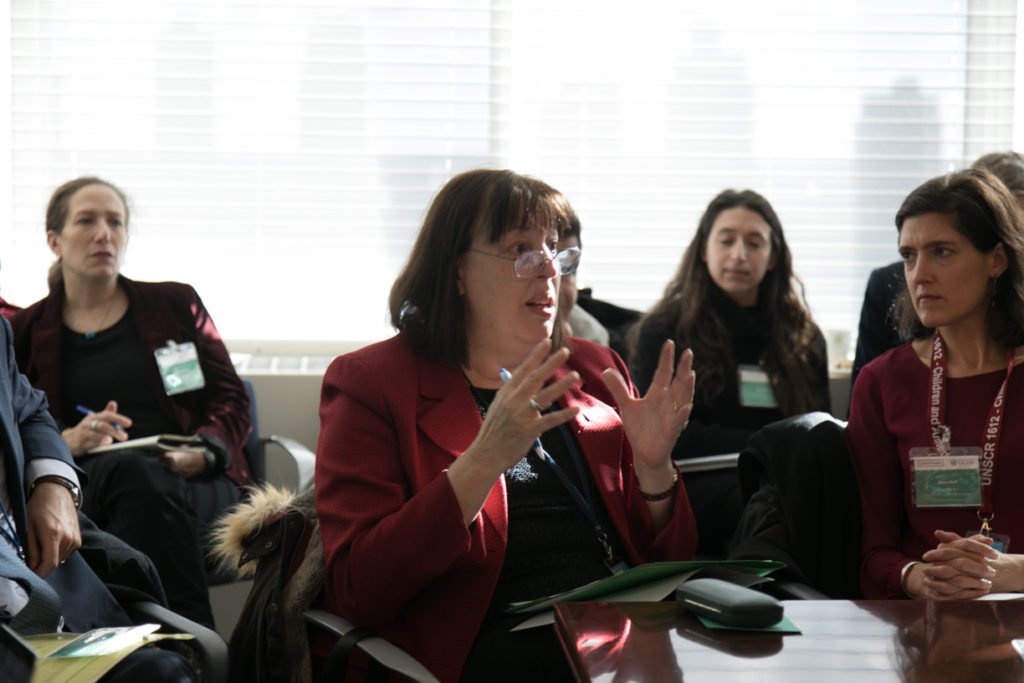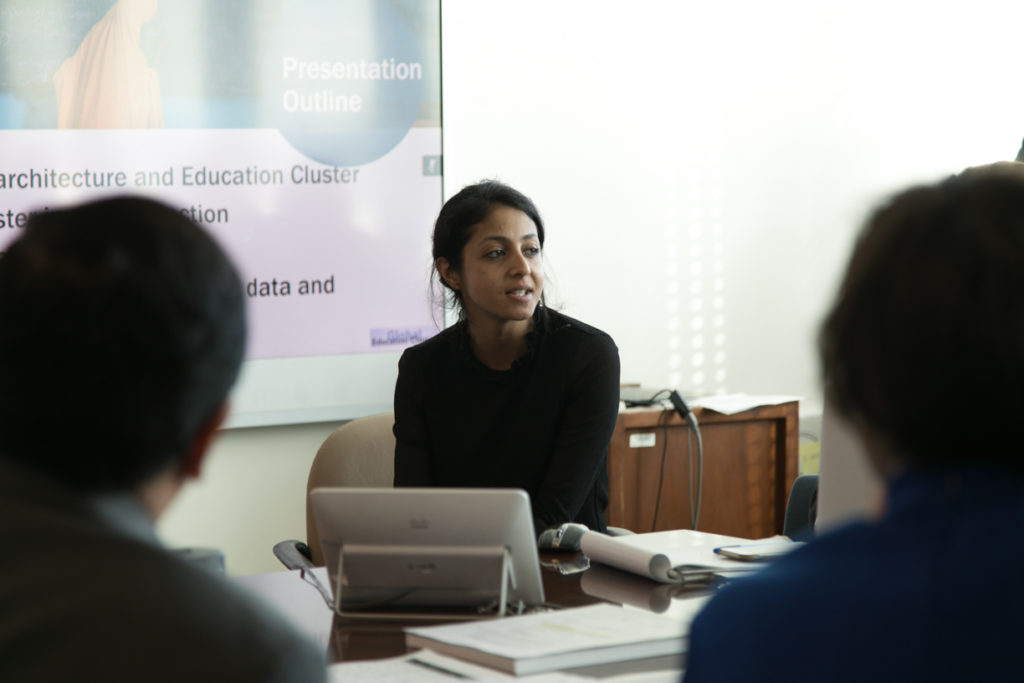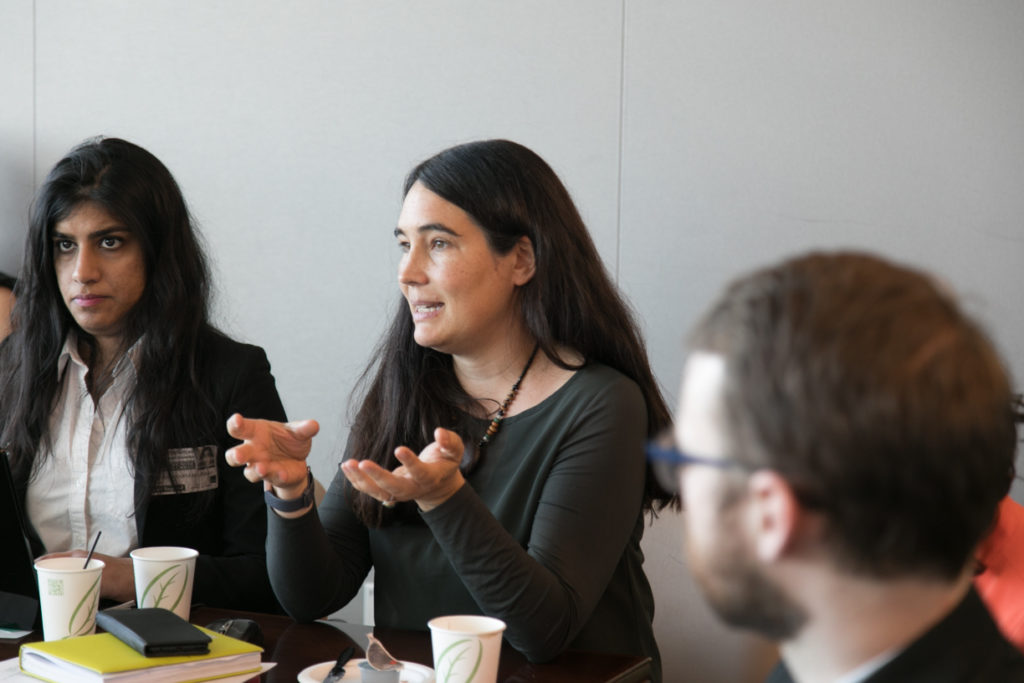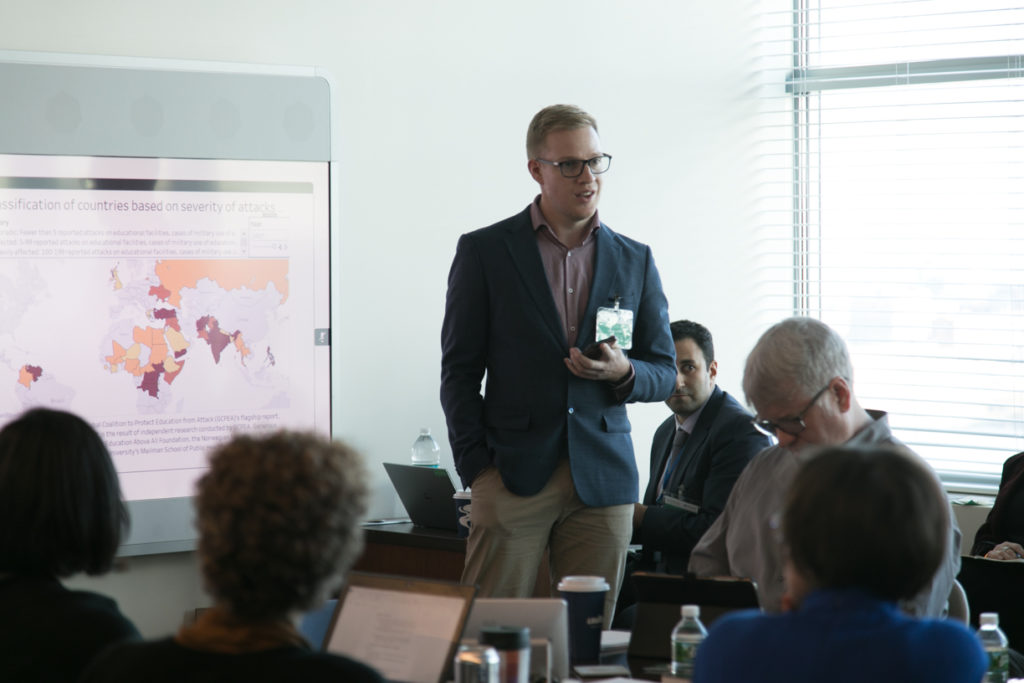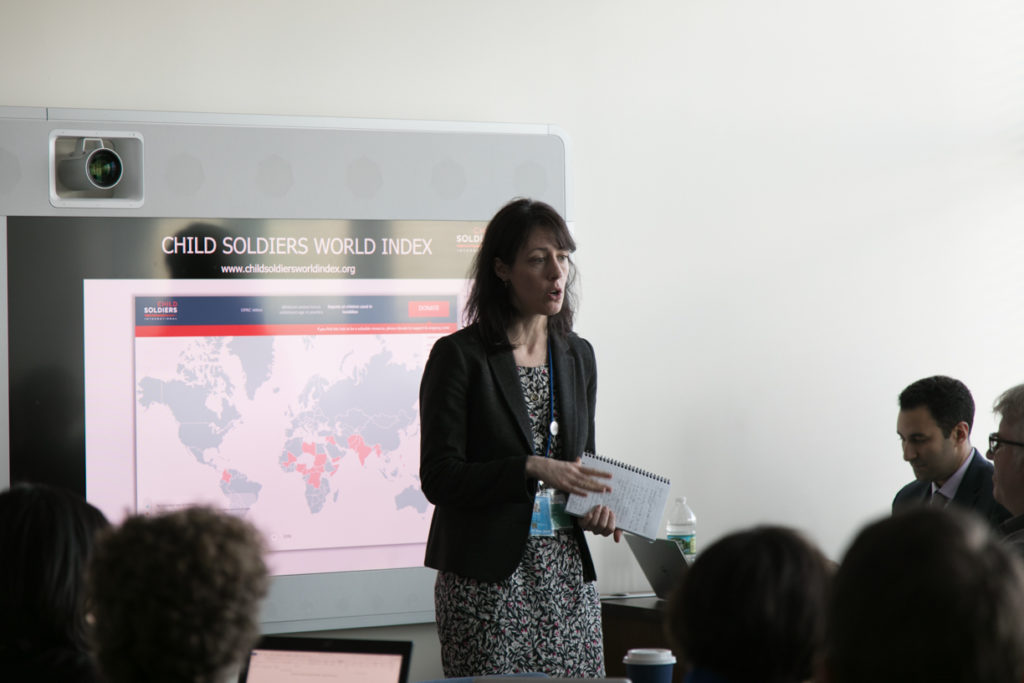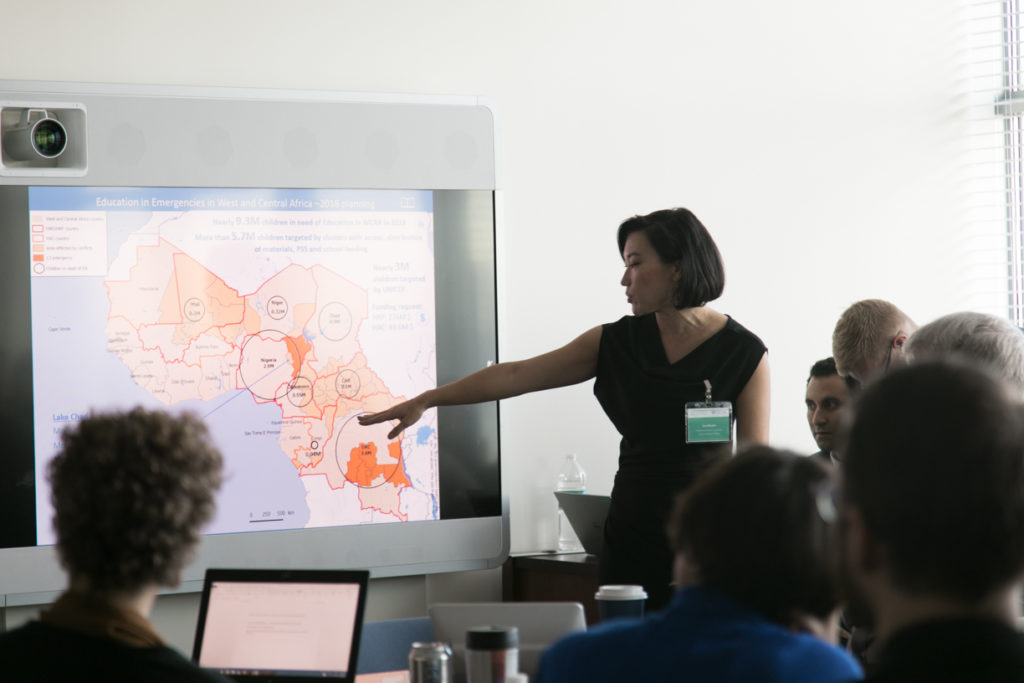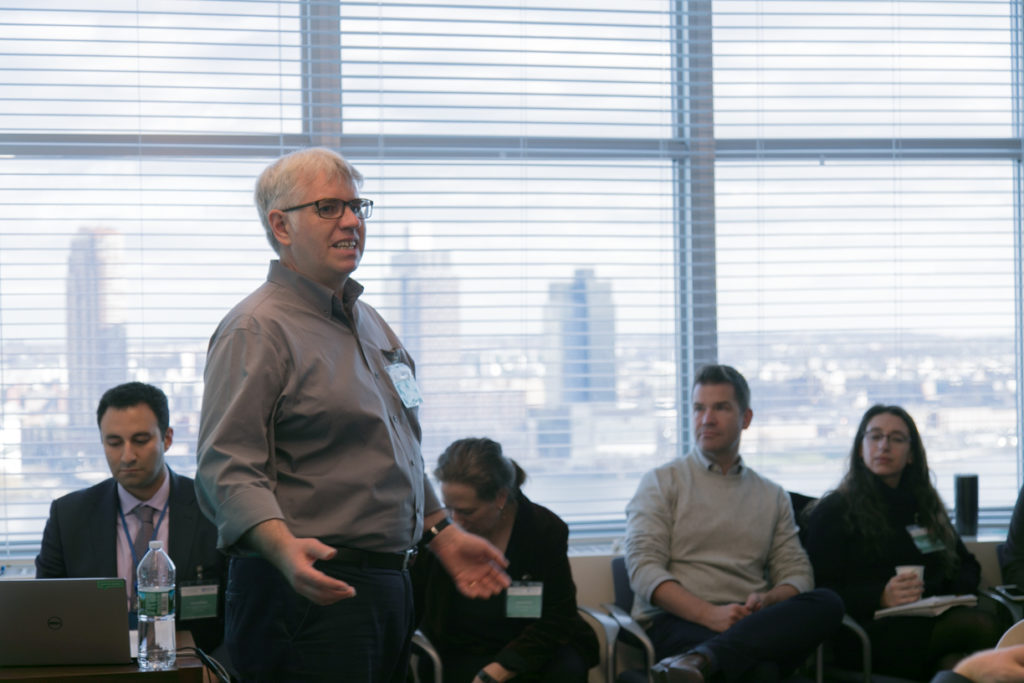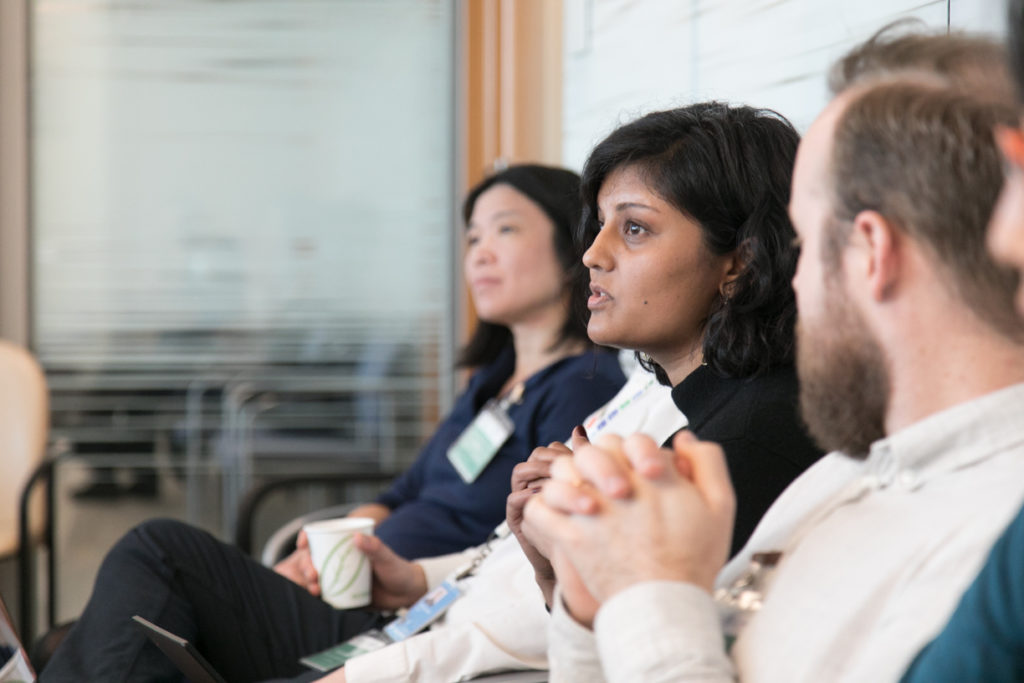Share
In May 2019, the Centre co-hosted a workshop with Humanity & Inclusion focused on ‘Strengthening Collection and Use of Data on Persons with Disabilities for Inclusive Humanitarian Action’. Over two days, a group of 30 people from a range of organizations took stock of current initiatives and made recommendations for making humanitarian response more inclusive through better use of disability data. Below we provide the state of play for disability data and the key issues areas for progress. (See the workshop report and slideshow).
The responsible collection, use, and governance of data related to persons with disabilities is a priority issue in the humanitarian sector. This follows several high-level meetings and commitments, most notably the Charter for Change and more recently the UN’s Disability Inclusion Strategy. More inclusive methods are required across all aspects of response, from capturing baseline data for an accurate picture of a location before an event to ensuring needs assessments include questions on disability.

Guidelines, standards and question sets
Since a technical meeting in December 2017, organizations have developed training materials, clear standards and field-focused guidelines to improve the use of disability data in humanitarian programming. These include the Humanitarian Inclusion Standards for Older People and People with Disabilities and the Protection Mainstreaming Toolkit, among others.
Of particular importance is the Washington Group Questions which were developed to address the urgent need for comparable measures of disability. For example, the short set of questions on disability includes the following:
- Do you have difficulty seeing, even if wearing glasses?
- Do you have difficulty hearing, even if using a hearing aid?
- Do you have difficulty walking or climbing steps?
- Do you have difficulty remembering or concentrating?
- Do you have difficulty (with self-care such as) washing all over or dressing?
- Using your usual (customary) language, do you have difficulty communicating, for example understanding or being understood?
These questions and the extended set were developed for use internationally on censuses and surveys to more accurately reflect the needs of a population. Workshop participants spent considerable time discussing implementation of the Washington Group Questions and its methodology in humanitarian response contexts.
In addition, UNICEF with support from DFID has just published ‘Guidance on strengthening disability inclusion in Humanitarian Response Plans’ for the 2019-2020 cycle. The guidance focuses on the type of data to collect for the Humanitarian Needs Overviews (including through the Washington Group questions). For instance, at a minimum, response plans should disaggregate the total number of people in need by disability. Where reliable data is not available, organizations are asked to use the global estimate that persons with disabilities make up 15% of the population. Response plans should also provide a narrative description of how the response will address factors related to persons with disabilities.
Defining disability
There is actually no consensus on what defines a disabled person, and disabilities are identified by different categories that include physical, mental, and intellectual challenges.
During the workshop, participants discussed the need for more inclusion, citing the expression ‘nothing about us without us.’ The needs of persons with disabilities must be captured in data collection processes. Disabled people should be directly involved with the process of designing and implementing surveys and making programming decisions.
Understanding the concept of disabilityThe Convention on the Rights of Persons with Disabilities states that persons with disabilities ‘include those who have long-term physical, mental, intellectual or sensory impairments which in interaction with various barriers may hinder their full and effective participation in society on an equal basis with others’. Understood in this way, disability is not synonymous with ‘impairment’. Disability is the result of an interaction between a person with an impairment and barriers in their environment that hinder his or her full and effective inclusion and participation in society. For example, a person with a mobility impairment experiences disability if he or she encounters a building entrance with stairs they are unable to climb. This understanding of the concept of disability has a number of implications for data collection and analysis. For example, medical approaches to identify persons with disabilities (e.g. approaches that rely on medical reports or a list of impairments) are not sufficient for fully capturing disability because they do not include the impact of barriers. Further, disability is not a simple binary indicator; it is a matter of degree. Therefore binary categorization fails to fully capture disability. However, it is often difficult to reliably measure disability and all its complexity directly, so in humanitarian settings there must be a focus on collecting and analyzing only data that is needed to promote quality and accountability in programming. Text and definition above comes from Guidance on Strengthening Disability Inclusion in Humanitarian Response Plans |
Disability data on HDX
As part of the workshop, participants formed groups to investigate the datasets related to disability that are available on the Humanitarian Data Exchange (HDX). Groups were able to search HDX and download datasets to assess data quality and explore potential insights. As of July 2019, 11 organizations have shared 24 datasets related to disability from several countries including Lebanon, Kenya, Syria and Bangladesh. These datasets only represent a small fraction of the nearly 10,000 datasets available on HDX.
As more disability data is collected, we are hopeful that more will be shared through the platform. It is important to note that datasets with details about disabled people often have a high risk of re-identification of the people who have been surveyed. This is because these datasets often contain implicit identifiers that, in combination with other data sources, can be used to re-identify unique individuals with disabilities. For example, the type of disability, gender, location information, language spoken and/or ethnic origin could be combined to re-identify a small group or a single individual.
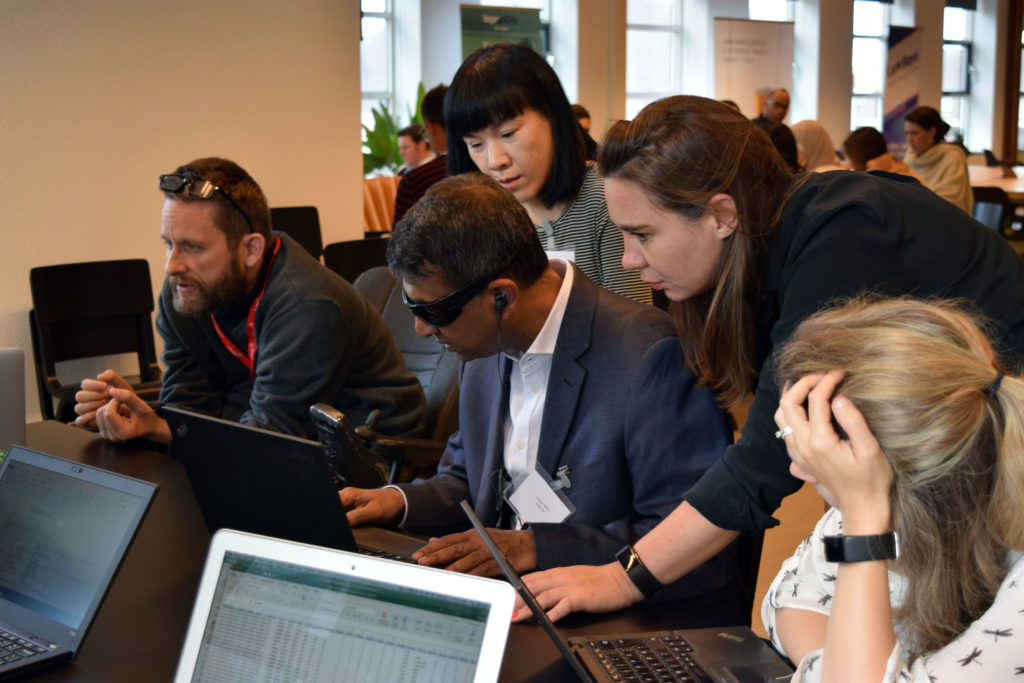
If your organization has datasets related to disability that could be of use to the humanitarian community, consider sharing it on HDX. We are also available to assess the disclosure risk of the data before making it public.
Next steps
Workshop participants agreed on the following issue areas for making progress with disability data:
- Disaggregation: disability is a cross-cutting issue and data needs to be disaggregated for better categorization.
- Inclusion: people with disabilities need to be included at all stages of data collection and use.
- Context: there is a focus on quantitative data but qualitative information is equally important to understanding.
- Methodology: survey and interview questions should be posed that ensure inclusion.
- Responsibility: data about people with disabilities can be sensitive and have a high risk of re-identifying people if not appropriately anonymized.
The Centre’s 2019 Data Fellows Programme includes a Fellow who is focused on disability statistics. The Fellow is exploring computational tools to: a) understand the relationships / redundancies between survey questions that tackle activity limitations and environmental barriers with the goal of making surveys more compact yet insightful, b) find structural relationships between affected people based on their disability profile and their needs and c) develop a Statistical Data Disclosure framework specifically for disability related datasets to mitigate the risk of re-identification using such data. Recommendations for survey standardization and HXL tagging for disability related questions are also part of the project which should improve disability data disaggregation.
Download the full workshop report for further details. For more information or feedback, contact us at hdx@un.org.

